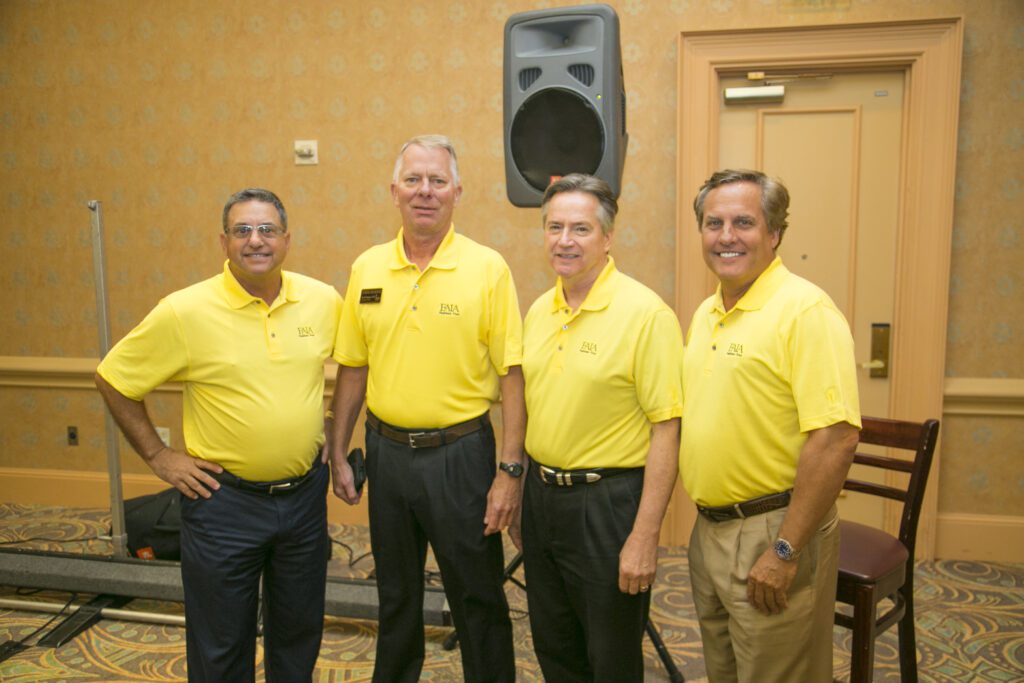The above photograph depicts the panel I was on at the Florida Association of Insurance Agents Convention last week. It was a wonderful presentation moderated by a fantastic insurance educator, David Thompson. The workshops, myriad insurance vendors, and networking opportunities opened my eyes about a truly important association which dedicates itself to promoting professionalism by those participating in the important business of selling insurance to policyholders.
One topic that had with many questions was the issue of determining the amount of coverage to purchase on a building. The panelists were asked how agents could deal with this topic and not run afoul of errors and omissions. It is a very difficult question because most policyholders have no idea how to calculate replacement cost values and insurance agents are not trained on construction costs either. If the two parties are trying to determine how much to purchase and both are ignorant, wrong amounts of coverage will certainly arise following losses. Coinsurance penalties and insufficient funds to repair or replace structures are not what insurance agents and policyholders want following a catastrophe.
Barry Zalma recently wrote an article in Claims Magazine about the topic. Uncovered: Who Is Responsible For Setting Policy Limits, is an excellent discussion of the topic. Everybody has their own view on the issue, but there is one significant point in his article I disagree with: he wrote that a policyholder need not insure for the full value because land is not covered. What about the situation where the replacement cost value of the building is greater than the purchase value of the property? The property market value with land has nothing to do with determining a reconstruction value to the building.
The general rule when purchasing replacement cost coverage is that the you must determine the full cost to reconstruct the entire building. Then, depending on the coverage and policy being issued, policyholders need to have sufficient amounts for debris removal and for the increased costs to comply with building laws and ordinances. There may be limitations or exclusions for some classifications of property in the policy that may need to be addressed and explained to the policyholder. Selling guaranteed replacement cost polices with extra amounts of coverage can help avoid issues when selling residential insurance, but those are not so common in the commercial arena.
I told the audience that if agents want to avoid errors and omission claims, they should explain the rule in writing and that they should tell the policyholders they need to get a qualified estimate from a reputable contractor or entity that does this for a living. I also indicated that they should never write a policy with 100% coinsurance requirements.
Following the session, a fellow panelist, Brent Winans, introduced me to several vendors promoting their businesses at the convention. At least three do estimates of value to determine coverage limits for policyholders. If you want to get a much more accurate amount of coverage, I would strongly suggest hiring somebody who does this for a living and has studied the demands of writing replacement cost insurance. It is too late after the loss to hope that guesswork estimating is accurate.
Positive Thought of The Day
I conceive that the great part of the miseries of mankind are brought upon them by false estimates they have made of the value of things.
—Benjamin Franklin




